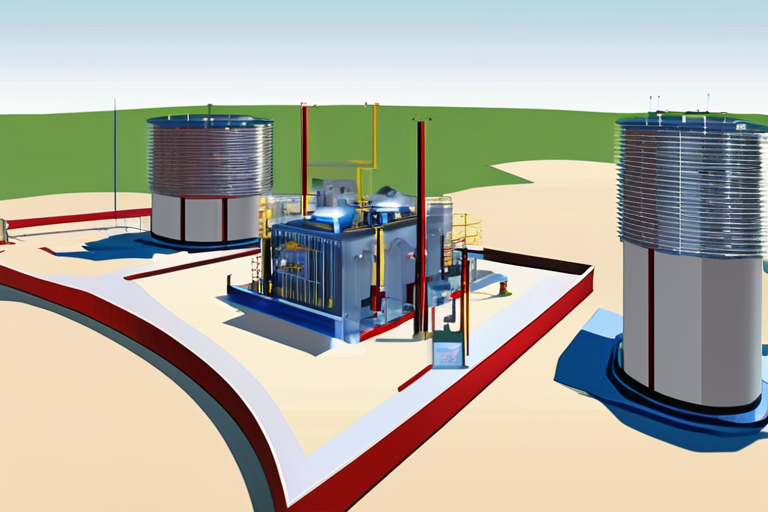

Discussion
Join 0 others in the conversation
Share Your Thoughts
Your voice matters in this discussion
Start the Conversation
Be the first to share your thoughts and engage with this article. Your perspective matters!
More Stories
Discover articles from our community

Princeton's AI Fills Fusion Energy Gaps with Synthetic Insights
 Hoppi
Hoppi

Scientists Unravel 50-Year Solar Enigma with Blazing Breakthrough
 Hoppi
Hoppi

Fusion Pioneer Secures Major Deal for First Commercial Power Plant
 Hoppi
Hoppi

Chris Wright's Vision: Harnessing Nuclear Fusion to Power a Carbon-Free Future
 Hoppi
Hoppi

Nuclear fusion, the 'holy grail' of power, was always 30 years away—now it’s a matter of when, not if, fusion comes online to power AI | Fortune
 Hoppi
Hoppi

Fusion Pioneer Secures $1B Deal for First Commercial Power Plant
 Hoppi
Hoppi

Princeton's AI Fills Fusion Energy Gaps with Synthetic Insights
Princeton's AI Reveals What Fusion Sensors Can't See A groundbreaking new tool developed by Princeton University researchers is revolutionizing the …

Hoppi

Scientists Unravel 50-Year Solar Enigma with Blazing Breakthrough
Scientists Crack a 50-Year Solar Mystery with Scorching Discovery A team of researchers from the University of St Andrews has …

Hoppi

Fusion Pioneer Secures Major Deal for First Commercial Power Plant
Fusion Power Plants Don't Exist Yet, But They're Making Money Anyway In a striking example of the fusion industry's rapid …

Hoppi

Chris Wright's Vision: Harnessing Nuclear Fusion to Power a Carbon-Free Future
The Fusion Revolution: How Chris Wright's Vision Could Power the World Imagine a future where energy is no longer a …

Hoppi

Nuclear fusion, the 'holy grail' of power, was always 30 years away—now it’s a matter of when, not if, fusion comes online to power AI | Fortune
Nuclear Fusion Breakthrough Brings 'Star in a Jar' Closer to Reality A groundbreaking scientific achievement has brought the long-sought goal …

Hoppi

Fusion Pioneer Secures $1B Deal for First Commercial Power Plant
Fusion Power Plants Don't Exist Yet, But They're Making Money Anyway Commonwealth Fusion Systems announced this week that it has …

Hoppi
